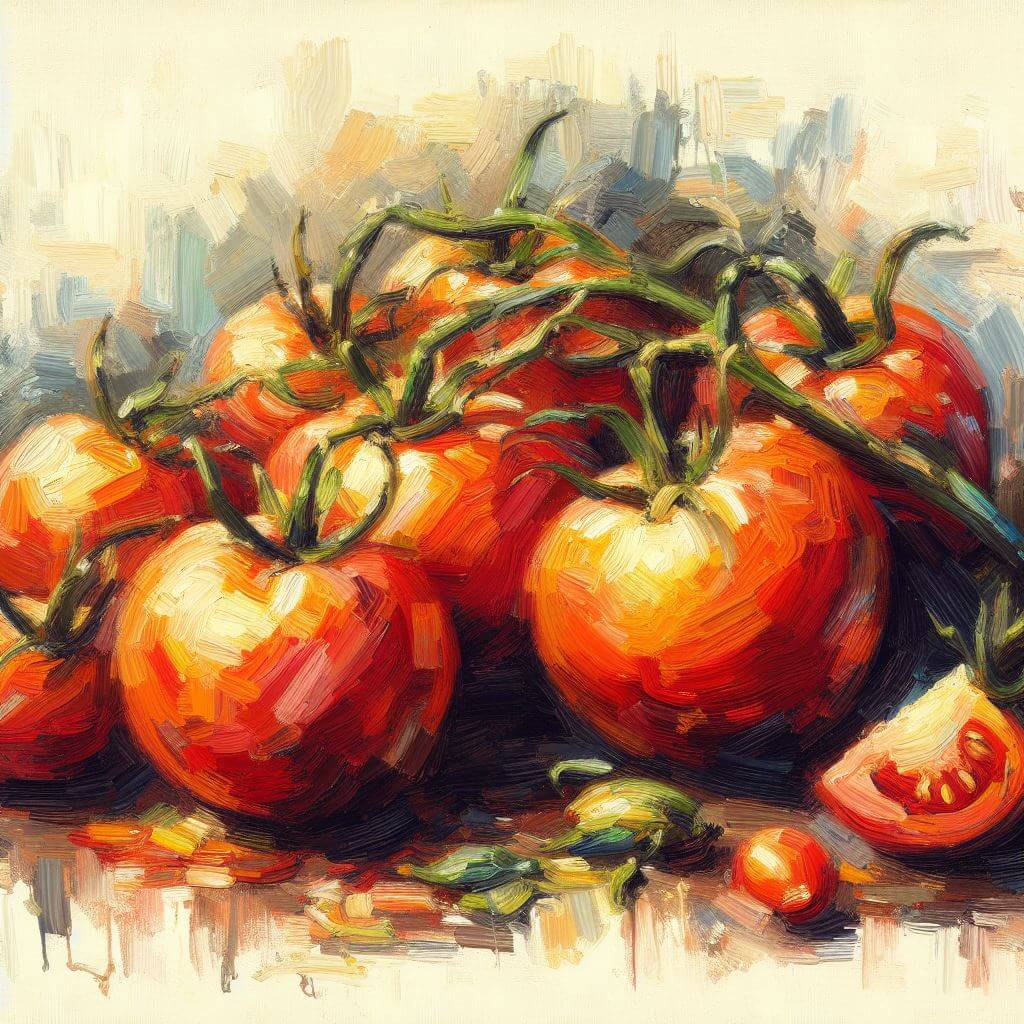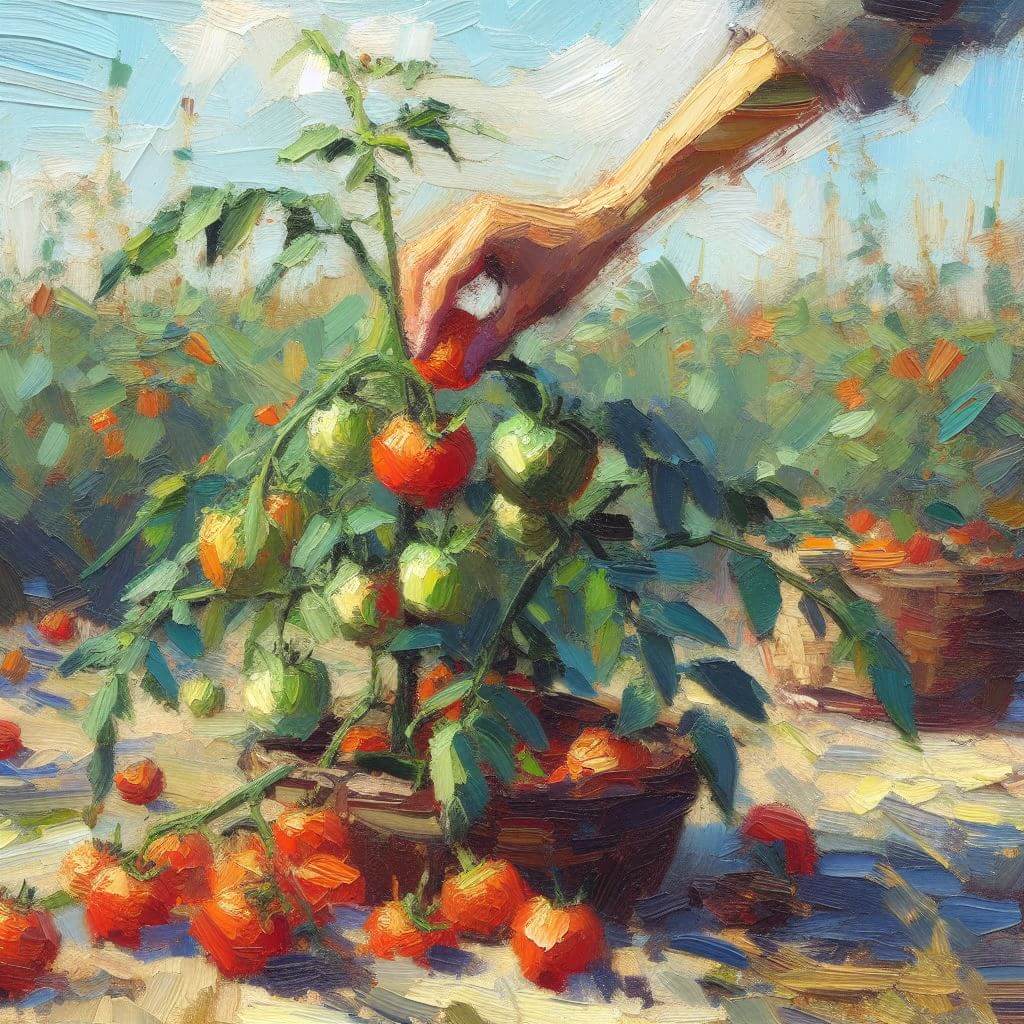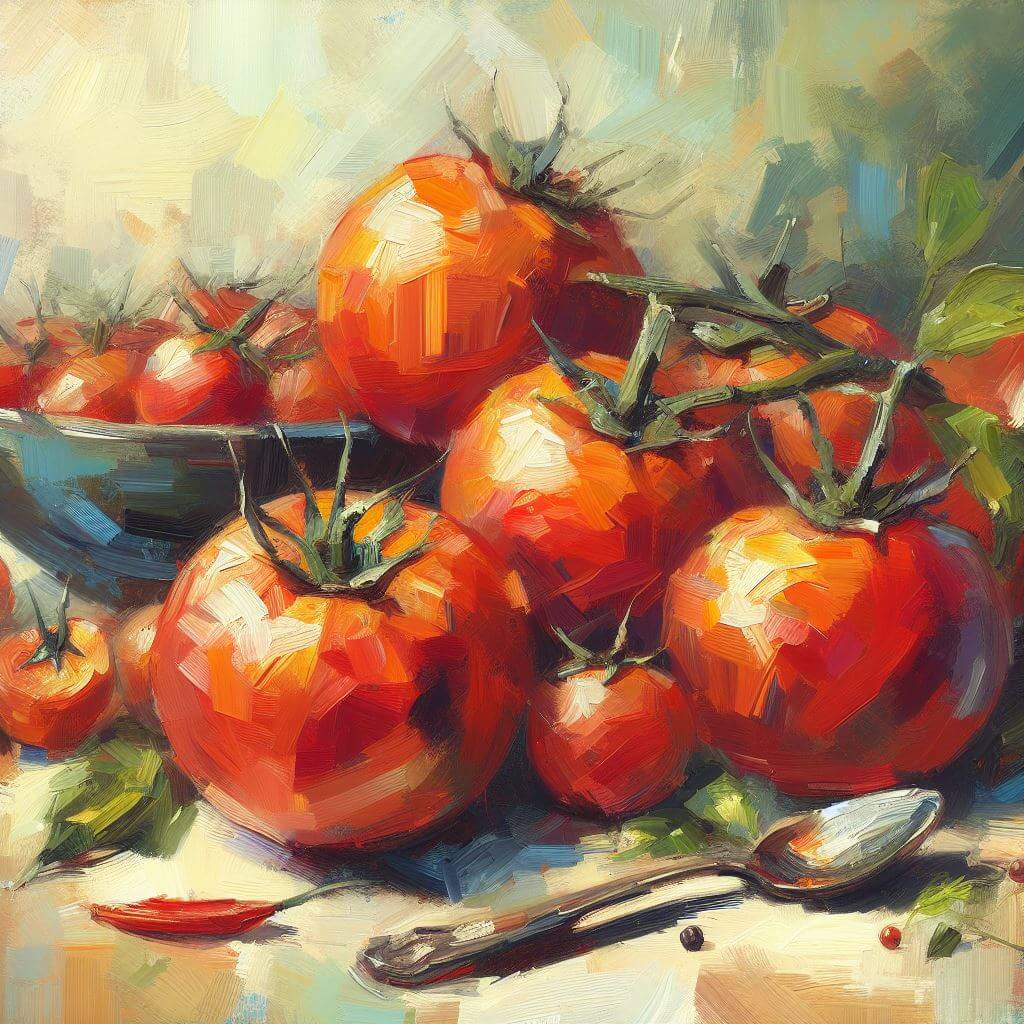
Tomatoes are a staple in many homes, valued not only for their culinary uses but also for the pleasure they bring to gardening enthusiasts. Cultivating your own tomatoes can be a fulfilling endeavor, offering a generous harvest and the satisfaction of nurturing plants from seed to fruit.
Tomatoes: A Gardener’s Delight
Tomatoes are viewed as a must in many gardens, appreciated for their versatility in various cuisines and their nutritional benefits. As a rich source of vitamins A and C, tomatoes contribute to a healthy diet and can enhance the flavor of many dishes.
Growing your own tomatoes allows for the opportunity to experience a variety of different types and flavors, far beyond the standard offerings found at grocery stores.
Rhode Island: Characteristics
Rhode Island features a humid continental climate, characterized by warm summers and cold winters, while the southern coastal areas transition into subtropical conditions with hot summers and cool winters. These climate conditions are beneficial for growing tomatoes.
The state receives adequate rainfall, supporting growth but requiring careful drainage management. The soil is often loamy, with a slightly acidic pH, ideal for tomatoes. Loamy soil retains moisture while draining well, helping to prevent root diseases.

Best Time to Plant Tomatoes in Rhode Island
The perfect time to plant tomatoes in Rhode Island is in the late spring, typically in May, after the danger of frost has passed. Planting at this time ensures that the tomato plants have ample time to mature before the first frost in the fall., the specific timing can vary depending on the variety of tomato and the local weather conditions each year.
When to Plant Tomatoes in Rhode Island: Region-Specific Recommendations
Northern Rhode Island
This region includes areas like Woonsocket and Cumberland. The climate here can be a bit cooler, hence it’s recommended to plant tomatoes in mid to late May when the soil has warmed up enough.
Southern Rhode Island
This region includes coastal areas like Newport and Narragansett. Thanks to the moderating influence of the ocean, the climate here is milder. Tomatoes can typically be planted a bit earlier, around early to mid-May, after the last frost.
Eastern Rhode Island
This region includes areas like East Providence and Bristol. The climate here is fairly typical of the state as a whole, so the safe window to plant tomatoes usually begins around mid-May, after the danger of frost has passed.
Western Rhode Island
This region includes areas like Coventry and West Greenwich. The climate here is slightly warmer compared to the rest of the state, so the best time to plant tomatoes can be a bit earlier, around early to mid-May, once the soil warms up and the risk of frost has passed.
Central Rhode Island
This region includes areas like Warwick and Cranston. Here, the climate is a balance between the coastal and inland areas of the state. Thus, mid-May is typically the best time to plant tomatoes when the risk of frost is less likely.
In all cases, it’s important to monitor the local weather conditions each year as these can vary and impact the ideal planting time.

Planting Tomatoes: A Step-by-Step Guide
Planting tomatoes can be a fun and rewarding process. Start by choosing a variety of tomato that suits your taste and the specific conditions of your garden. Next, prepare your garden bed by loosening the soil and adding compost or other organic matter to enhance fertility.
Once your garden bed is prepared, dig a hole deep enough to cover the lower two-thirds of your tomato seedling, as tomatoes are able to develop roots all along their stems. Place the seedling in the hole and backfill with soil, pressing gently to ensure the plant is secure. Water thoroughly after planting, and continue to water regularly throughout the growing season.
Tomatoes also benefit from staking or caging to support their growth and keep the fruit off the ground. As your tomatoes grow, monitor them for any signs of disease or pest activity, and take action as necessary to ensure a healthy, productive crop.
Tomato Varieties Suitable for Rhode Island
Choosing the right variety of tomato to grow can significantly impact your gardening success. Here are some varieties that are known to thrive in Rhode Island’s conditions:
Early Girl: This variety is known for its quick maturity and is a great option if you’re eager to enjoy your tomatoes early in the season. Early Girl produces medium-sized fruits that are perfect for salads or slicing.
Beefsteak: If you’re after large, juicy tomatoes, Beefsteak is the variety for you. These tomatoes have a rich, sweet flavor that makes them perfect for sandwiches or burgers. They require a longer growing season, so be sure to plant them as soon as the danger of frost is past.
Cherry Tomatoes: Varieties like Sweet Million and Sun Gold are excellent choices for Rhode Island gardens. These plants produce a bounty of small, sweet tomatoes that are perfect for salads or snacking.
Roma: Also known as plum tomatoes, Romas are ideal for sauces and pastes due to their low moisture content. These tomatoes are also resistant to many common tomato diseases, making them a sturdy choice for your garden.
Brandywine: This heirloom variety is prized for its exceptional flavor. Brandywine tomatoes are large and perfect for slicing. They require a bit more care and a longer growing season, but the taste is well worth the effort.

Caring for Tomatoes
Once your tomatoes are in the ground, the real work of caring for them begins. This involves regular watering, feeding, and monitoring for pests and diseases. Tomatoes prefer deep, infrequent watering as opposed to shallow, frequent watering. Aim to water your plants once or twice a week, depending on the weather conditions, soaking the soil deeply each time.
Feeding your tomatoes is another crucial element of their care. A balanced tomato fertilizer can be applied every two to four weeks throughout the growing season to support strong, healthy growth. Always follow the package instructions when using fertilizers to avoid overfeeding, which can lead to lush foliage but fewer fruits.
Regularly checking your plants for pests and diseases can help catch any potential problems early. Common issues include blight, a fungal disease that can cause the leaves, stems, and fruit to rot; and aphids, small insects that can damage the plants by sucking the sap from their leaves. If you notice any signs of these or other problems, take action promptly to protect the health of your plants.
Harvesting and Using Your Tomatoes
The moment of truth arrives when your tomatoes are ready for harvest. This typically occurs 60 to 80 days after planting, but can vary depending on the specific variety and growing conditions. Tomatoes are best harvested when they are fully colored and slightly soft to the touch.
Once harvested, your tomatoes can be used in a wide variety of dishes. From fresh salads and salsas to sauces and soups, the possibilities are endless. And there’s nothing quite like the taste of a tomato that’s been picked fresh from your own garden.
Conclusion
Although this guide offers a general overview, the true joy of gardening comes from the learning journey. Don’t be discouraged by the challenges you may face. With patience, persistence, and the right care, you too can enjoy a bountiful harvest of this versatile fruit. Happy gardening!



